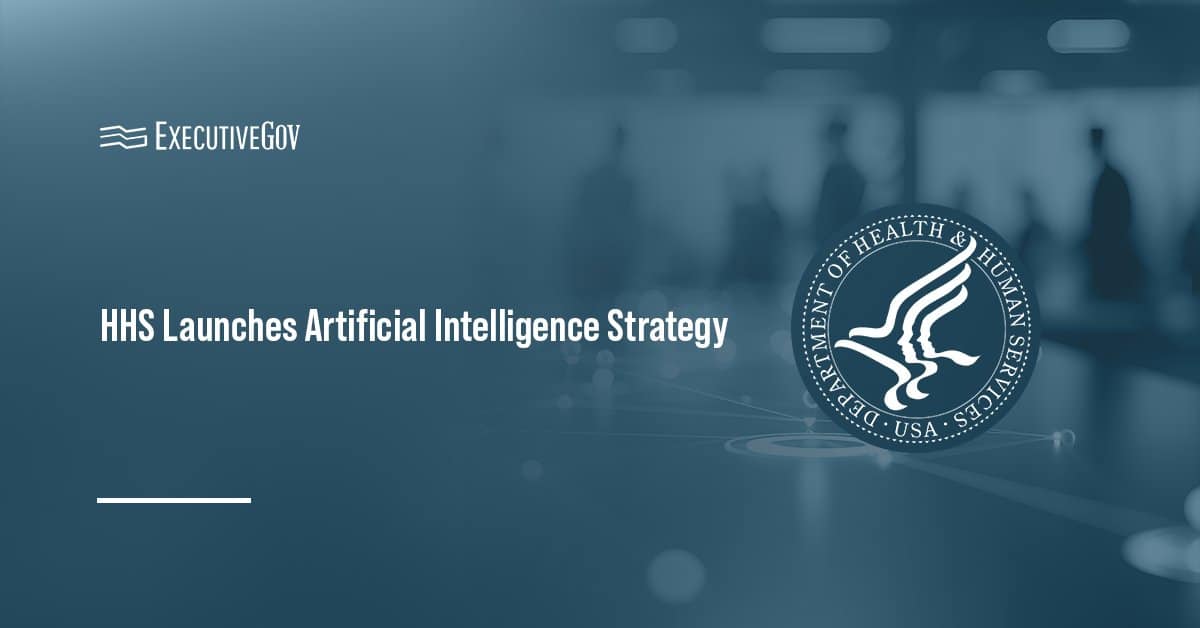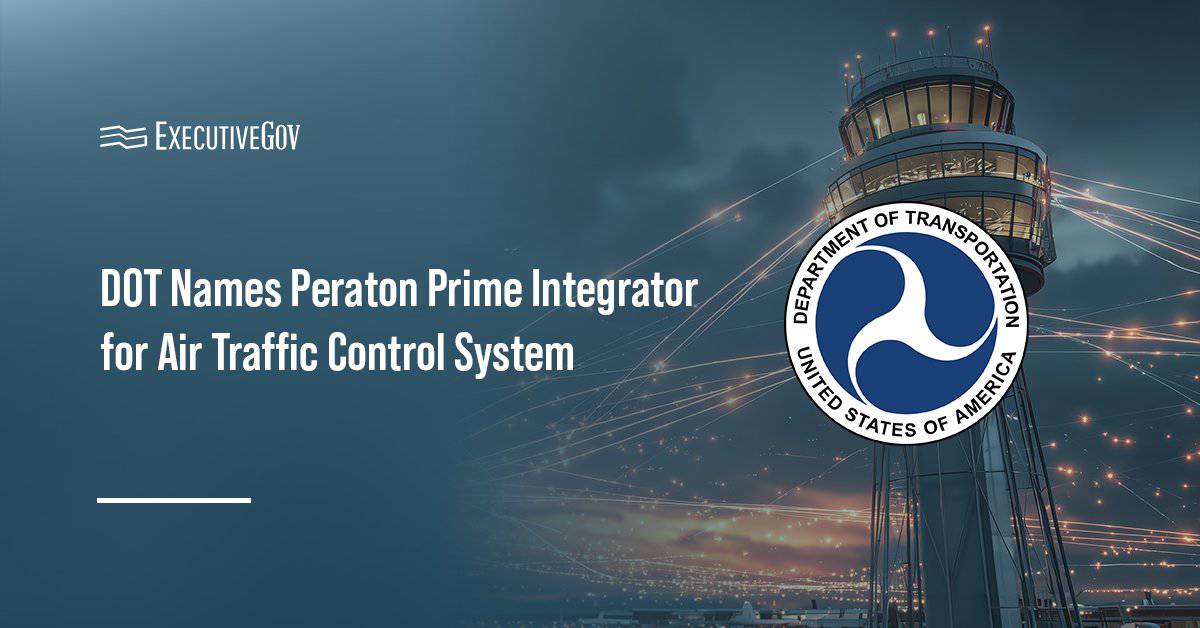
The Kessel Run Experimentation Laboratory seeks civilian personnel to help the U.S. Air Force address software matters that affect various weapon and information systems. Kessel Run intends to hire 50 new employees during an event taking place on Jan. 23 to 24 as part of an expansion effort in Boston, Mass., Wright-Patterson Air Force Base said Friday.
The laboratory has opened 18 different types of jobs including program management, software engineering, data engineering and product design. Adam Furtado, lab director at Kessel Run, said that they will work to further refine the F-35 aircraft’s air operations center software.
Individuals interested to apply may register here.





